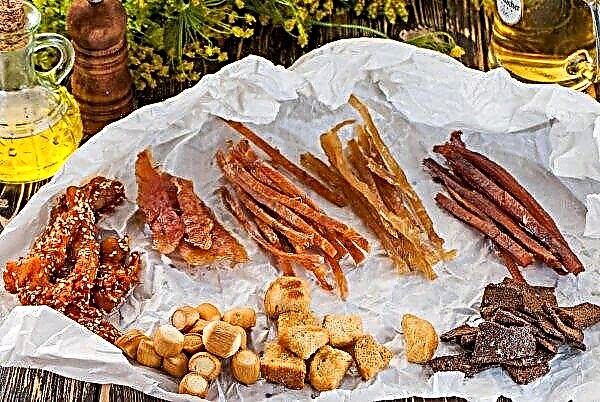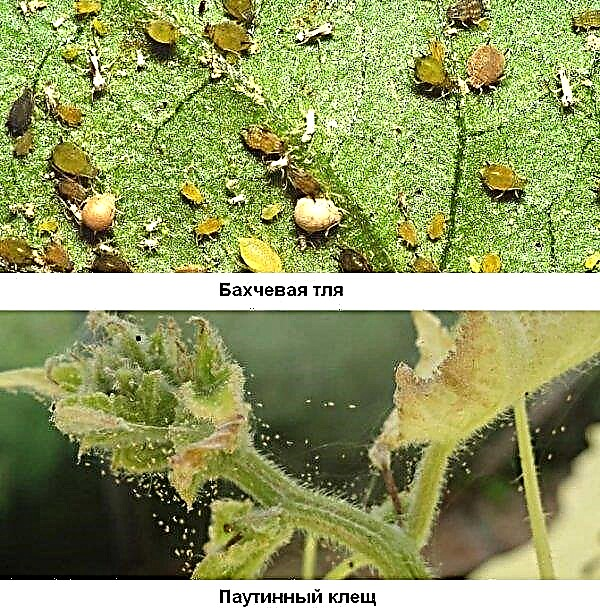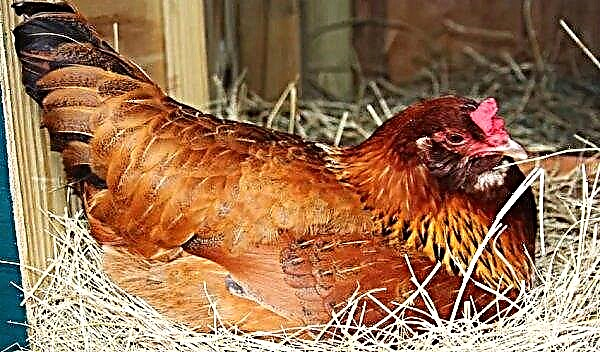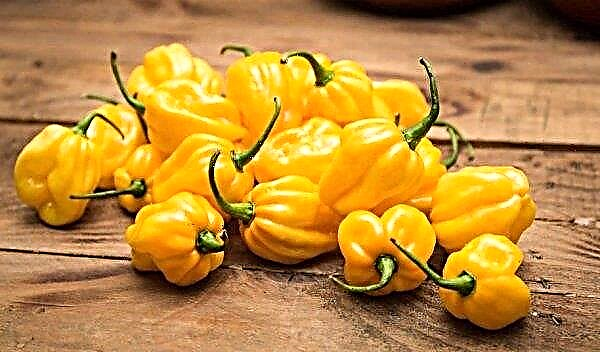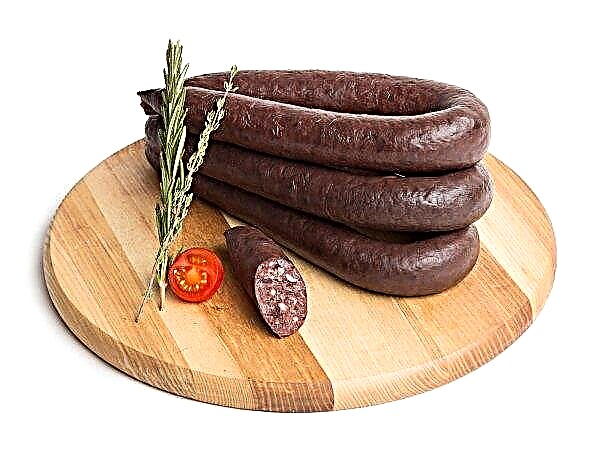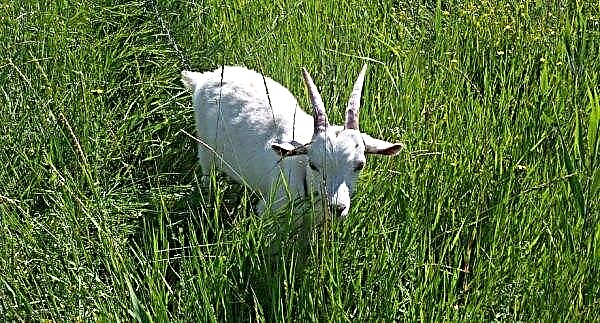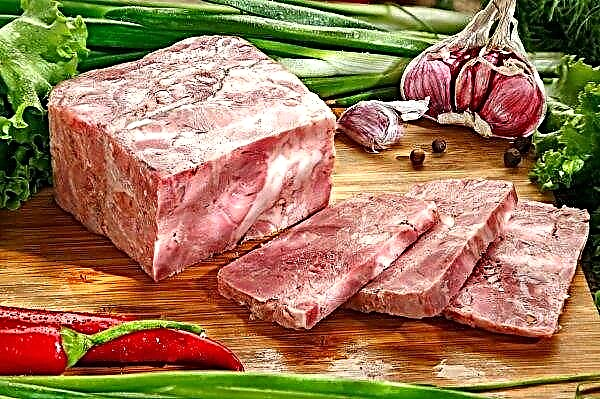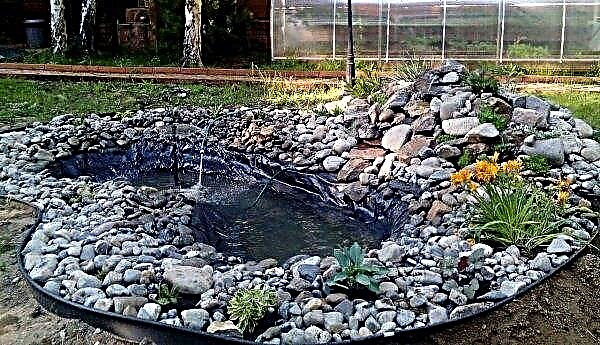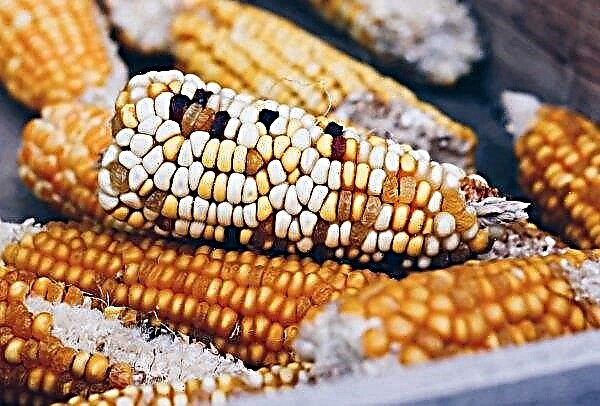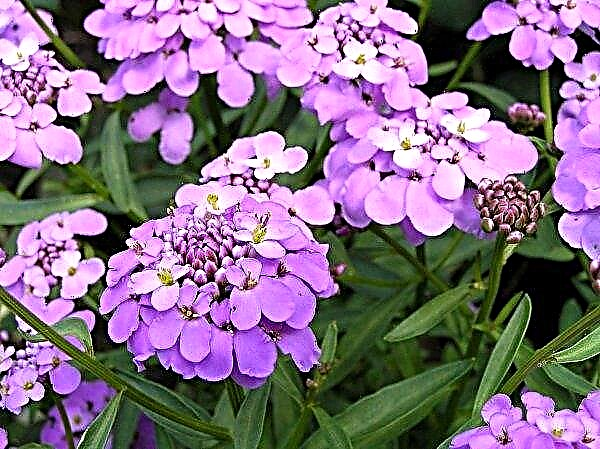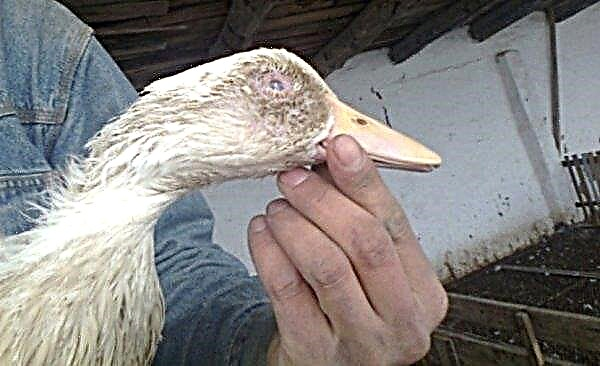In winter, when it is cold outside and snowing, one wants to eat fresh healthy vegetables and the question immediately arises whether it is possible to grow something on the windowsill, for example, homemade cucumbers in pots or containers. In order for this venture to give a positive result, we will familiarize ourselves with all the subtleties of obtaining a decent crop of this crop in a house or apartment.
The best varieties of cucumbers for growing on a windowsill
Balcony
| Characteristic | Description |
| Breeding (country) | Russia |
| Plant type | liana |
| Type of pollination | self-pollinating |
| Ripening time | 40–42 day |
| Productivity | 3-4 kg |
| Bush characteristic | branchy |
| Weight | 70–90 g |
| Length | 10-12 cm |
| The form | cylindrical |
| Application | universal. |

Room miracle
| Characteristic | Description |
| Breeding (country) | Ukraine |
| Plant type | liana |
| Type of pollination | self-pollinated |
| Ripening time | 45–50 |
| Productivity | 4 kg |
| Bush characteristic | small compact |
| Weight | up to 60 g |
| Length | up to 8 cm |
| The form | cylindrical |
| Application | universal. |

Prestige
| Characteristic | Description |
| Breeding (country) | Russia |
| Plant type | liana |
| Type of pollination | self-pollinated |
| Ripening time | 45-50 days |
| Productivity | 3-5 kg |
| Bush characteristic | powerful medium |
| Weight | 70–95 g |
| Length | 8–9 cm |
| The form | cylindrical |
| Application | universal. |
Courage
| Characteristic | Description |
| Breeding (country) | Russia |
| Plant type | liana |
| Type of pollination | self-pollinating |
| Ripening time | 38–44 days |
| Productivity | about 4 kg |
| Bush characteristic | medium-tall, medium-branched |
| Weight | 100–140 g |
| Length | 12-18 cm |
| The form | cylindrical |
| Application | universal. |

Farm
| Characteristic | Description |
| Breeding (country) | Ukraine |
| Plant type | liana |
| Type of pollination | manual |
| Ripening time | 30 days after landing |
| Productivity | 4.5–5 kg |
| Bush characteristic | vigorous, but weakly braided |
| Weight | 90–100 g |
| Length | 9–11 cm |
| The form | cylindrical |
| Application | universal use in cooking. |
Technology for growing cucumbers for beginners step by step
Even a person who has never been involved in a garden will be able to cope with such a simple task as growing cucumbers at home: you just need to understand the whole sequence and subtleties of the processes described below.
Did you know? In the United Arab Emirates, breeders bred cucumbers that have square-shaped fruits.
Sowing dates
If you want to just try it or not, then you just need to sow the seeds at any time and wait for the result. And if you want to have fresh vegetables throughout the cold pore, you need to know that you will have to deal with sowing seeds more than once. The first sowing must be carried out in September and after 45 days you can enjoy the green leaves, the fruiting period will last no more than one and a half months. Therefore, in order to eat cucumbers for 5 months, it will be necessary to sow seeds at least 4 times every 15–20 days.
The first sowing must be carried out in September and after 45 days you can enjoy the green leaves, the fruiting period will last no more than one and a half months. Therefore, in order to eat cucumbers for 5 months, it will be necessary to sow seeds at least 4 times every 15–20 days.
What capacity to plant
Such a culture as a cucumber likes to grow freely, without interfering with each other: on the basis of this, it is necessary to choose flowerpots where they will grow. For growing on the windowsill, you can use both single pots, for example, clay for one plant, and long containers (plastic) for mass sowing.
Important! In a flowerpot 0.7 m long should grow no more than 5 pcs. seedlings. A denser planting will not allow the crop to grow normally and grow more fruits, because for the proper development of the root system, the plant needs at least 4 liters of soil.
Many gardeners with experience use 5-liter plastic bottles, after removing the neck, they also use dense plastic bags. When planting cucumbers, you need to know their peculiarity - they do not like dry earth and are not good at excess water, so any adjustable tank should have openings to drain excess moisture.
Soil selection
The amount of harvest depends on the soil where the crop grows. Cucumbers love soil with a large number of nutrient components, well permeable to moisture and air. For planting seeds, you can use the ready-mixed soil from a distribution network for pumpkin or houseplants. People who have been cultivating cucumbers at home for a long time recommend preparing the soil themselves. To do this, you will need:
- The upper fertile layer of garden soil and compost - 1 part each.
- Sand, sawdust, wood ash - 0.5 parts.
 All components are mixed and laid on a baking sheet with a layer of 5 cm thick for heat treatment in the oven - for half an hour at a temperature of 100 ° C. Then, to increase fertility, 30 g of fertilizers for pumpkin crops are added to the calcined soil mixture. The soil is distributed over the tanks and watered well 24 hours before sowing cucumbers.
All components are mixed and laid on a baking sheet with a layer of 5 cm thick for heat treatment in the oven - for half an hour at a temperature of 100 ° C. Then, to increase fertility, 30 g of fertilizers for pumpkin crops are added to the calcined soil mixture. The soil is distributed over the tanks and watered well 24 hours before sowing cucumbers.Seed preparation
Good seed germination is provided by their preliminary treatment: for this, they are soaked for 2 hours in a weak solution of manganese. Such a procedure will allow to disinfect planting material and get rid of low-quality seeds.
Step-by-step instructions for preparing seeds before planting in the soil:Important! Seeds that, when soaked, will remain floating on the surface of the solution are not germinated - they need to be removed.
- Seeds tested for germination are dipped in water with a temperature of +35 ° C and incubated for 3 hours.
- Heated seedlings are placed in a damp cloth, covered with sawdust and kept at a temperature of +30 ° C for a couple of days so that they naklyuyvatsya.
- Sprouted seeds before planting in the prepared soil are slightly dried to stimulate further growth.
Video: preparing cucumber seeds before planting in the soil
In the distribution network there are varieties of cucumbers whose seeds are pink or blue in the shell. Such planting material goes on sale after pre-treatment, so after purchase it can be immediately planted in the ground.
Sowing Options
Cucumbers can be planted in two ways:
- Without picking, immediately into the pot, where they will continue to grow. Several prepared seeds are placed in a container and covered with a layer of moist soil 1.5 cm thick. For the emergence of seedlings, the pot is covered with glass or covered with a film to create a greenhouse effect. When the first leaves appear, the greenhouse is removed. Subsequently, a strong germ is left, and a weak one is removed.

- With a pick in one-time cups. The seeds are deepened into the ground by 2 cm. The glasses are covered with glass jars and create a temperature of +25 ° C, when the sprouts appear from the ground, the jars are removed. In the presence of 2-3 leaves, the seedlings are transplanted by transshipment in containers (4-5 l), where they will continue to develop.

Growing cucumbers
The success of the growth and the yield of cucumbers at home depends on the implementation of the basic operations for the care of plants, which include watering, nutrition and the proper formation of bushes.
Watering
When cultivating cucumbers in an apartment, it is better to place them on the south window and be sure to ensure proper regular moisture. To maintain the necessary soil moisture, the plants should be watered sparingly - every day or every other day with settled and warm (up to 24 ° С) water so that there is no stagnation. Also, the bushes must be sprayed several times a day. As a humidifier, you can use a pan with expanded clay, where water is poured.
Also, the bushes must be sprayed several times a day. As a humidifier, you can use a pan with expanded clay, where water is poured.
Top dressing
For a successful daily harvest, you need to know when and how to feed cucumbers. When three real leaves appear on the bushes, you can feed the plants with such fertilizers:
- Urea or nitroammophos at the rate of 10 g per 3 l of water. The solution is applied under the bush: 250-500 ml - for growth, and during fruiting - up to 1 liter of solution.
- Infusion of wood ash (1 glass per 10 liters of water) for abundant flowering.
- To prolong fruiting, once every 20 days, add 1 teaspoon of Agrolife to the soil or pour it with Growth - 1 cap per two-liter jar. Adding biohumus every 30 days also gives a good result.
- Fresh banana peel infusion (3 pcs.) And dried (4 pcs.) In 3 liters of water for 3 days is an excellent source of potassium. For watering, tincture is diluted 1: 1.

Shaping and Garter
When 4 real leaves form on the bush, you need to pinch off the top so that the plant can release lateral shoots (no more than 3 lashes). When 10 leaves grow on the stems, the pinching procedure is repeated: in this way a lush bush is formed, giving a plentiful harvest. The ovaries must be removed to the place of pinching, and the mustache must be cut off, as they take away nutrients.
Important! From the beginning of fruiting, fruits must be harvested every day so as not to overload the bush.
The growing lashes must be tied to the supports: for this, you can use trellis from a grid or ready for home flowers. The height of the supports should be up to 1 m, each lash is carefully tied so that the bush is not thickened.
Transplanting seedlings
Cucumbers are a very delicate culture, and it is advisable to immediately sow the plants in a permanent place, but if for some reason the seeds were sown in cups, then if there are 2-3 true leaves, the plant must be transplanted (dive) to a constant place of growth.
To do this, moisten the soil and gently shake the seedling with earth out of the cup (without damaging the earthen lump with fragile roots), then lower it into the prepared container with earth, at the bottom of which expanded clay is laid with a layer of up to 5 cm. The soil is not added a few centimeters to the edge of the pot, since in the process of growth the roots can be exposed, and there will be a need to add an additional portion of the soil mixture.
Germination and harvesting dates
Properly prepared seed preparation before planting ensures the rapid emergence of sprouts. Depending on the type of seeds, this time can be from a few days to 2 weeks (the seeds in the colored membrane take longer to germinate). The life span of cucumbers is short - from the moment the seeds were laid in the ground, and before the harvest begins, it takes from 4-5 weeks, and after a couple of months the plant dies, and a new seedling needs to be sown in its place. Growing cucumbers on the balcony, from one bush you can collect 10-15 medium-sized greenhouses.
Recommendations for successful cultivation
To get large yields of cucumbers at home on the windowsill in the winter, to avoid mistakes, you must adhere to certain rules:
- The soil for sowing should be thermally treated and well allow moisture and air to pass through - it is better that it is a mixture of peat and river sand.
- Planting material needs to be bought only for winter crops - it needs to be disinfected and germinated for quick germination, seeds in the shell do not need to be prepared.
- Freshly picked seeds are not suitable for sowing.
- It is better to plant seedlings in separate containers of several pieces, then leave a strong sprout, and remove the rest.
- The soil should always be not wet, but wet.
- The best temperature for germination is +22 ° C, the increased humidity of the room is achieved by spraying the plantings several times a day. After the emergence of seedlings, the temperature and humidity are slightly reduced (to +20 ° C), but the amount of light is increased with the help of fluorescent lamps.
- Water for irrigation should be warm and settled.
- When the first true leaf appears, you can start feeding.
- For winter fruiting, plants must be protected from the cold window sill by placing the container on a stand. From contact with the window will save the support for the lashes.
- When the plant blooms, the net with fixed cucumber branches must be shaken repeatedly to speed up pollination.
- Harvesting fruits every day will extend the life of the bush.

Growing problems and methods for solving them
A window sill or a loggia are not guarantees that the plant will not be able to get sick or even die if you do not follow the rules of agricultural technology:
- Excess moisture can cause root decay - the plant withers, and the stem near the soil blackens.
- A sharp temperature drop or a draft leads to wilting, dropping leaves, slowing the growth of fruits and further death of the lashes.
- Yellowing of foliage may be due to lack of watering, lack of nutrients, in particular, nitrogen, or the development of powdery mildew disease.
- Lowering the temperature below +16 ° C can cause the fruit to stop growing and discharge.
Today, it is possible to purchase fresh cucumbers even in winter or early spring, but with little effort, anyone can grow these tasty vegetables at home, in order to be sure of their quality.Did you know? In Europe, cucumbers are preferred only with perfectly even skin without spikes - the varieties on which they are present are called "Russian cucumbers."



